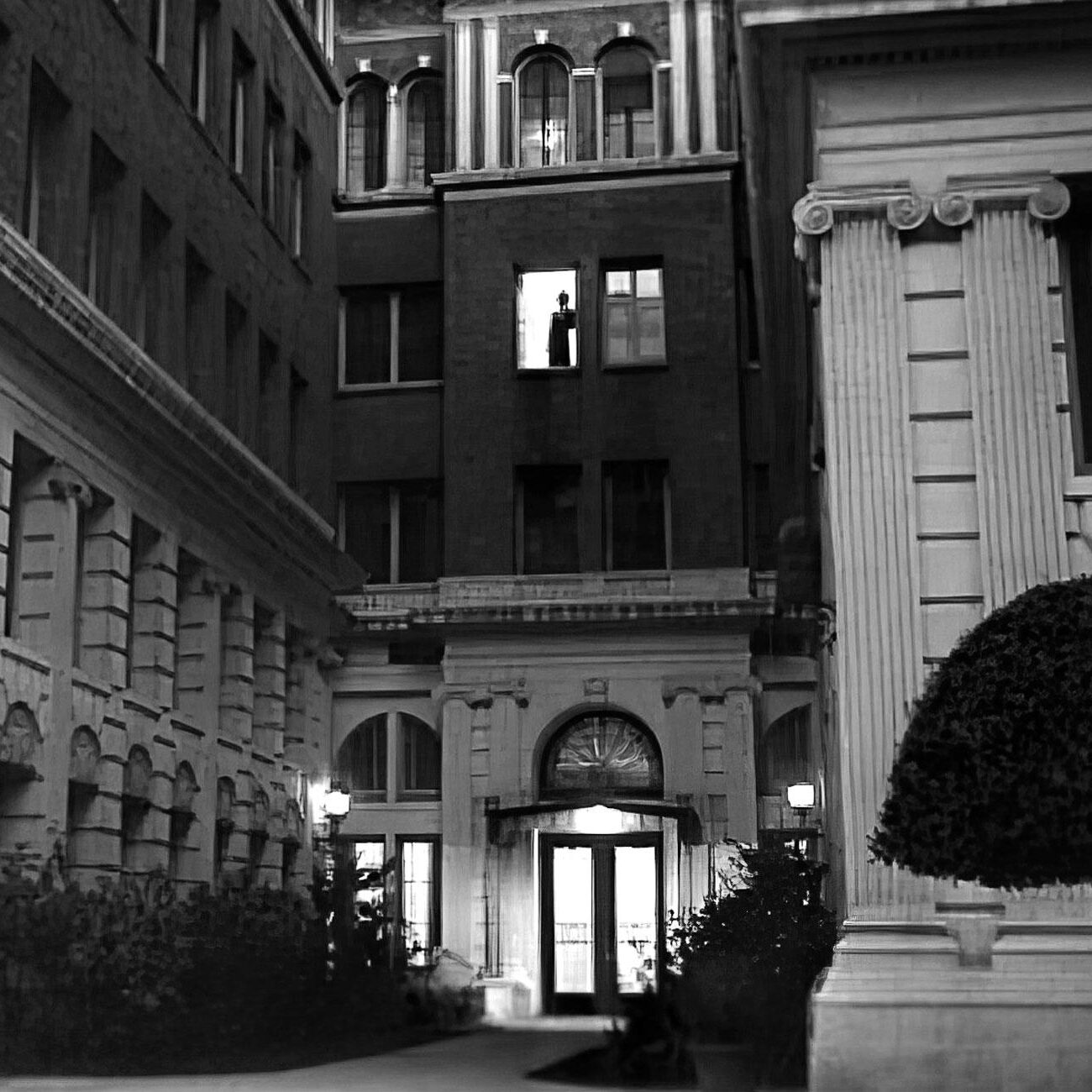The 1950 film noir “One Way Street” serves as a compelling lens through which the socio-cultural fabric of its era can be discerned. This cinematic artifact, emblematic of the film noir genre, intricately oscillates between the echoes of post-war disillusionment and the burgeoning idioms of cinematic expression. The appeal of “One Way Street” is not merely its narrative; it is the multifaceted casting choices and the kaleidoscope of performance styles that reflect the tensions inherent in mid-20th-century American society.
To dissect the cast of “One Way Street” is to engage with a microcosm of 1950s America, steeped in dichotomy. Each character, rendered through the actors’ complex portrayals, serves as a symbol of broader societal archetypes. The film captures a paradoxical moment where innocence grapples with cynicism, thereby creating a rich tableau for cultural relativism. This analysis will delve into the character dynamics, contextual background, and thematic representations embodied in the performances, all while situating them within the cultural milieu of the time.
At the heart of “One Way Street” lies the protagonist, who navigates a labyrinthine world rife with moral ambivalence and existential quandaries. Portrayed by an actor who exemplified rugged masculinity and cerebral conflict, this character epitomizes the quintessential film noir anti-hero. The complexity of his portrayal captures the post-war anxiety and the erosion of traditional values. He becomes a figurative street in a one-way system, traversing through choices that lead him further down a path of moral decay.
The narrative arc follows a design that is inexorably linked to the nature of its characters. The casting choices illuminate the underlying themes of predation and vulnerability. Characters are not merely individuals; they personify societal constructs. The femme fatale, compellingly enacted, emerges not as a mere seductress, but as a figure representing the psychological imprisonment many women experienced during this era. Her allure is steeped in danger, captivating yet menacing, she illustrates the duality of womanhood amidst burgeoning feminist ideals grappling with patriarchal frameworks.
The ensemble cast of “One Way Street” further enhances the film’s allure, as each character functions akin to an intricate cog within a grandiose machine. The secondary roles, often relegated to the periphery, are imbued with depth and nuance. The supporting characters assist in propelling the narrative while simultaneously mirroring the disillusionment of the larger society. A hardened detective, embodying an unyielding justice, juxtaposes the protagonist’s moral ambiguity. This dynamic fosters an environment where ethical ambiguity reigns supreme, making viewers question the very nature of right and wrong.
From a cultural relativism perspective, the film invites viewers to contemplate the societal norms and values that shaped its creation. The post-war societal landscape, characterized by the tension of returning veterans, shifting gender roles, and urban anxiety, coalesces within the narrative. The film is fortified by the aesthetic qualities synonymous with film noir—shadowy cinematography, suffocating urban environments, and the haunting melodies of jazz underscoring moments of introspection and desperation. This audiovisual experience becomes a metaphor for the characters’ inner turmoil.
Moreover, the psychological depth exhibited by the cast evokes considerations about identity and agency. Each character’s choices resonate beyond their immediate context, inviting an exploration of the multiplicity of human experience. In doing so, “One Way Street” transcends its own narrative to interrogate the viewer’s understanding of morality, choice, and consequence. The intricacies of human emotion, laid bare through exceptional performances, invite an empathetic engagement with the characters’ predicaments.
An intriguing metaphor within this cinematic work is that of the titular “one way street.” This imagery resonates as both a literal and figurative journey. Characters often find themselves on inexorable paths that lead to predetermined outcomes, akin to navigations through a city built upon codes and regulations that obscure individual autonomy. The one-way street serves as an allegory for the cyclical nature of human choices and their ramifications. It reflects the broader societal structure—rigid and insistent, oftentimes leading its inhabitants to an inescapable fate.
In examining the unique appeal of “One Way Street,” it becomes imperative to consider its celebrated position in the film noir canon. This movie is not a mere relic; it is a testament to the artistic capabilities of its time. The film’s aesthetic and thematic distinctions are amplified by the exceptional skill of its cast; performances become visceral explorations of human existence. Actors portray not only characters but archetypes, enmeshed in the societal tapestry, thereby elucidating the complexities of identity, morality, and cultural narrative.
As we posit “One Way Street” within the realm of cultural relativism, it becomes evident that the film serves as a reflective surface—a mirror through which societies can assess their foundational beliefs and cultural norms. The exploration of its cast elucidates the intricate connection between individual circumstances and broader societal themes, making the film a profound exploration of human experience amidst an ever-evolving societal landscape. The culmination of narrative, character, and cultural critique coalesces into a multifaceted discourse, rendering “One Way Street” an indelible contribution to the lexicon of film noir and cultural studies.
In conclusion, “One Way Street” embodies a potent investigation into the ethos of its time. The multidimensionality of its cast and the cultural discourse woven throughout the film prompt audiences to reflect critically on their values and the intricacies of human interaction. As film noir continues to be revisited, the exploration of films like “One Way Street” renders them not merely historical artifacts but relevant dialogues about the complexities of the human condition.
